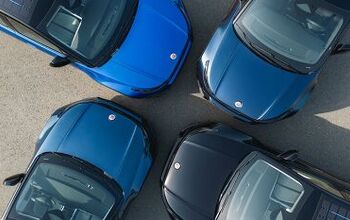"The $75 [gas] Limit Ensures Merchants and Customers Are Protected From Fraud"
Filling-up the Odyssey the other day, I was surprised when the wallet-drainage started slowing down at $48. Of course, I knew what wasn't coming: anything more than $50 worth of gas. As an a tax paying member of the world's most pampered people, I found it incredibly annoying that I had to restart the entire sales process for an additional $8. As a free marketeer, I found it bizarre that a large corporation (Shell) would make it hard for me to spend MORE money. Turns out it's the credit card companies– Visa and Mastercard– who are limiting millions of gas purchases to $50 in some states, $75 in others. As USA Today points out, even $75 won't do it for many fuel hungry behemoths. "At $4 a gallon, $75 buys 183/4 gallons. A 2008 Toyota Sequoia SUV's tank holds more than 26 gallons, a Chevy Avalanche sport pickup totes up to 311/2 gallons, and a 33-foot or longer Winnebago Adventurer RV hauls 75 gallons." While environmentalists may have little sympathy for the Devil, the credit card companies claim the limits protect their customers from fraud. Sure, in the same way they write-off fraud rather than upgrade members' card security with photo-embedded plastic or thumb print biometrics. Profits before people? No way.
[Can anyone tell me if their TTAC RSS feeder is working?]
More by Robert Farago


































Comments
Join the conversation